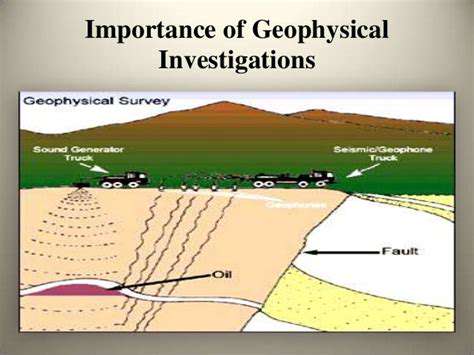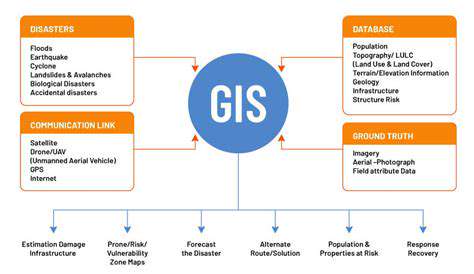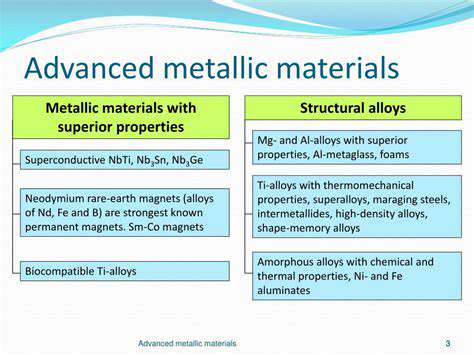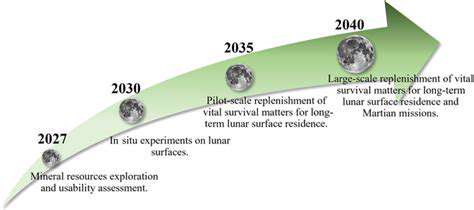Robotic Automation and AI Integration
Robotic Precision in Space
Robotic automation is crucial for in-space assembly, enabling precise and repeatable movements in the challenging zero-gravity environment. Advanced robotic arms, equipped with sophisticated sensors and actuators, can manipulate components with unparalleled accuracy. These robots can perform intricate tasks like docking spacecraft, attaching modules, and installing equipment, significantly reducing the need for human intervention in hazardous situations and streamlining the assembly process, thereby saving time and resources.
The ability of these robots to operate autonomously or semi-autonomously allows for continuous operation, even during extended periods of time. This is especially critical for long-duration space missions, where human intervention is limited due to factors such as communication delays and physical constraints.
AI-Powered Decision-Making
Artificial intelligence (AI) plays a pivotal role in enhancing the capabilities of robotic systems. AI algorithms can analyze vast amounts of data, including sensor readings, environmental conditions, and historical assembly records, to make informed decisions and adapt to unexpected circumstances. This allows robots to troubleshoot problems, adjust their actions in real-time, and optimize their performance for maximum efficiency.
AI-powered predictive maintenance can also identify potential failures in robotic systems and equipment before they occur. This proactive approach allows for timely maintenance, preventing costly delays and ensuring the smooth completion of assembly tasks.
Improved Assembly Efficiency
By integrating robotic automation and AI, in-space assembly procedures become significantly more efficient. The automation reduces human error, minimizes the time required for tasks, and allows for the simultaneous execution of multiple operations. This contributes to faster construction timelines and the potential for the creation of larger, more complex structures in orbit.
The use of AI-driven optimization algorithms can further enhance efficiency by dynamically adjusting assembly strategies based on real-time data and environmental conditions. This ensures that resources are allocated effectively and that the most optimal sequence of operations is employed, maximizing the overall productivity of the project.
Adaptive Learning and Enhanced Safety
Robotic systems equipped with machine learning capabilities can continuously learn from their experiences and adapt to new situations. This iterative process of learning and refinement allows for the improvement of assembly procedures over time, leading to greater accuracy, efficiency, and safety.
The integration of AI-driven safety protocols into robotic systems is critical for mitigating risks in the demanding environment of space. These protocols can automatically identify and respond to potential hazards, ensuring the safety of personnel and equipment during the assembly process.
Reducing Human Risk and Cost
The primary benefit of integrating robotic automation and AI in in-space assembly is a significant reduction in the risk to human astronauts. Dangerous tasks can be delegated to robots, eliminating the need for humans to perform potentially hazardous operations. This contributes to a safer working environment and minimizes the risk of human error.
The reduced risk to humans also translates to cost savings. Minimizing human exposure to hazardous conditions reduces the need for extensive safety measures, protective equipment, and the associated costs. Additionally, the efficiency gains translate into reduced overall project costs and faster timelines for completing complex construction projects.










